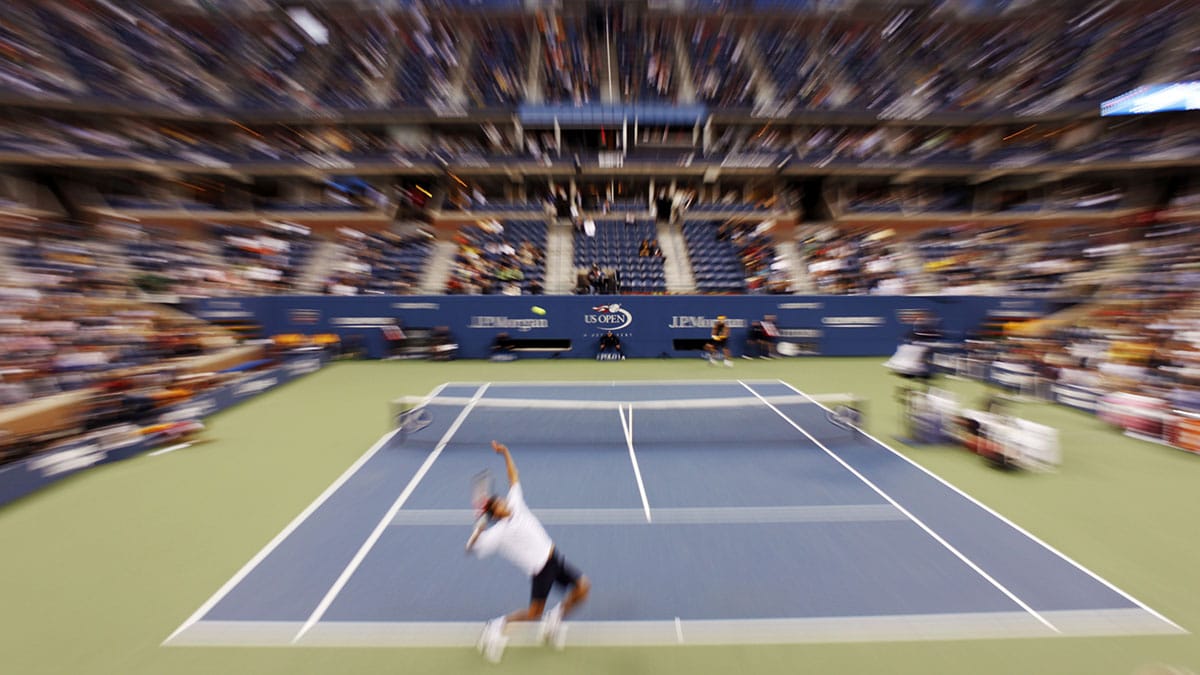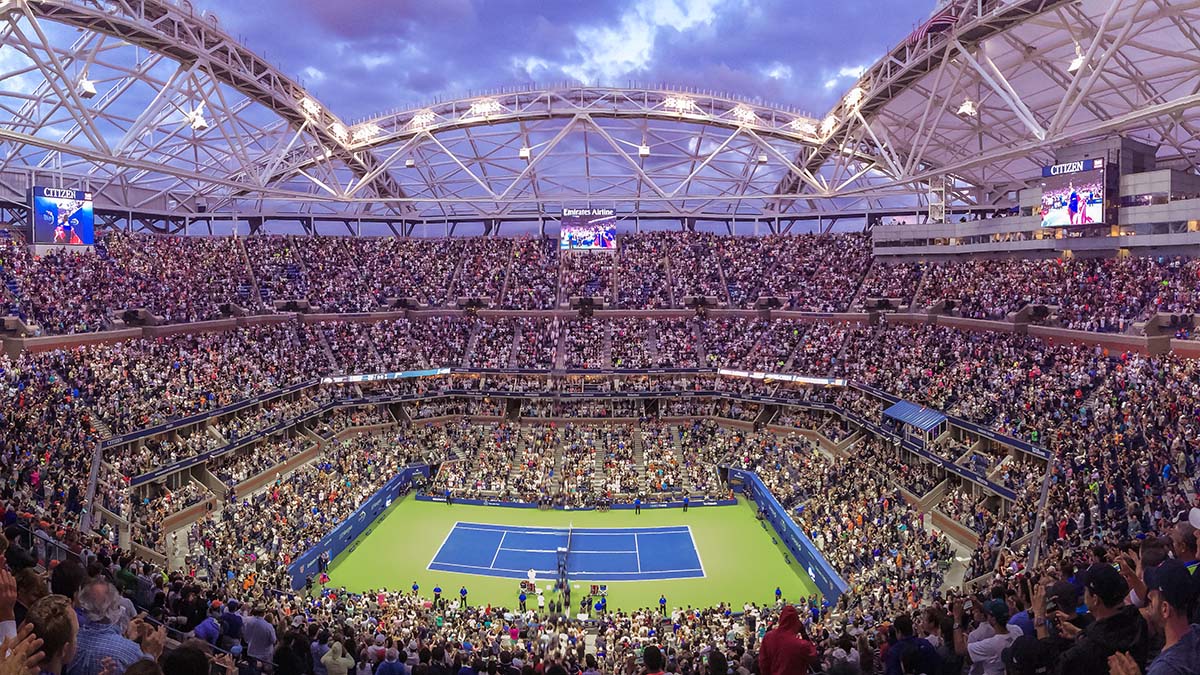
Flushing Meadows Corona Park is the home of many sports and cultural institutions including: Citi Field (Mets), USTA Billie Jean King National Tennis Center (US Open), Queens Museum of Art, Queens Theatre, and the Queens Zoo.
Latin Culture in Flushing Meadows Corona Park
Annual Events in Flushing Meadows Corona Park
FEBRUARY
Soccer
New York City Football Club (NYCFC) plays some soccer games at Citi Field in preparation for its new stadium opening in 2027. The Major League Soccer regular season runs from late February / early March, to mid-October.
MARCH
Baseball
The New York Mets play Major League Baseball at Citi Field. The regular season runs from late March / early April to late September / early October.
JUNE
Urban Music Festival
The Governors Ball music festival brings Latin urban artists to The Park in June.
JULY
Colombian Independence Festival
The Festival Independencia Orgullo Colombiano celebrates Colombian Independence with a street fair of Colombian culture; outside the New York Hall of Science in July. 🇨🇴
Ecuadorian Independence Festival
The Ecuadorian Festival of New York Festival Ecuatoriano is a street fair of Ecuadorian culture outside the New York Hall of Science in July. 🇪🇨
AUGUST
Chinese Boat Racing
New York City’s Hong Kong Dragon Boat Festival brings traditional Chinese boat racing to Meadow Lake in Flushing Meadows Corona Park, Queens, in August. 🇭🇰
Tennis Championship
The US Open Tennis Grand Slam is the place to see and be seen in New York City on the last week of August and first week of September, over Labor Day Weekend.
SEPTEMBER
Hispanic Food Festival
Junta Hispana is a Hispanic product sample fair with family entertainment. 🇦🇷 🇧🇴 🇨🇱 🇨🇴 🇨🇷 🇨🇺 🇩🇴 🇪🇨 🇸🇻 🇬🇹 🇭🇳 🇲🇽 🇳🇮 🇵🇦 🇵🇾 🇵🇪 🇵🇷 🇪🇸 🇺🇾 🇻🇪
Cultural Venues in The Park
New York City Football Club (NYCFC) is building a soccer stadium in the Park that will open in 2027.
About Flushing Meadows Corona Park
Sports in the park include baseball, basketball, bicycling, canoeing, fishing, golf, handball, ice skating, kayaking, model airplane flying, paddleboating, soccer, swimming, tennis, and volleyball.
New York City’s fourth largest park was originally a wetlands at the mouth of the Flushing River. In the early 20th Century, it became an ash dump for waste from homes heating by coal. F. Scott Fitzgerald famously referred to the ash dump in his iconic novel, “The Great Gatsby” (1925).
About half-way between West Egg and New York the motor road hastily joins the railroad and runs beside it for a quarter of a mile, so as to shrink away from a certain desolate area of land. This is the valley of ashes—a fantastic farm where ashes grow like wheat into ridges and hills and grotesque gardens; where ashes take the forms of houses and chimneys and rising smoke and, finally, with a transcendent effort, of men who move dimly and already crumbling through the powdery air.
“The Great Gatsby” by F. Scott Fitzgerald
The ash dump was redeveloped for the 1939 New York World’s Fair. Many of the buildings, the Unisphere, and the New York State Pavilion remain from the World’s Fair. It’s really nice now with something for everyone.









